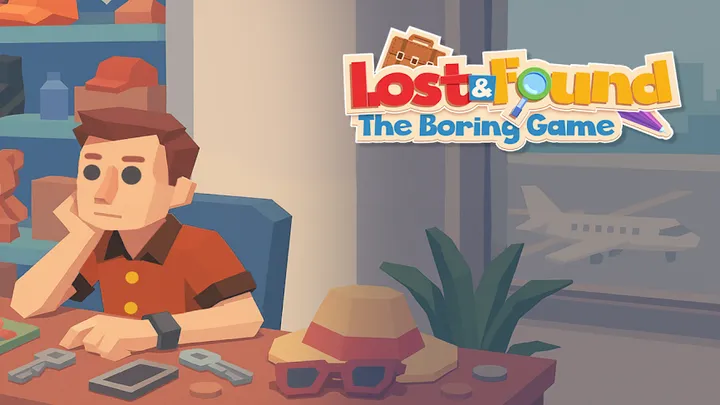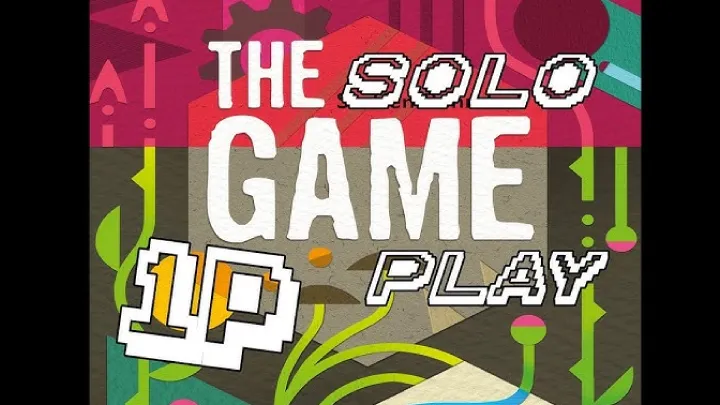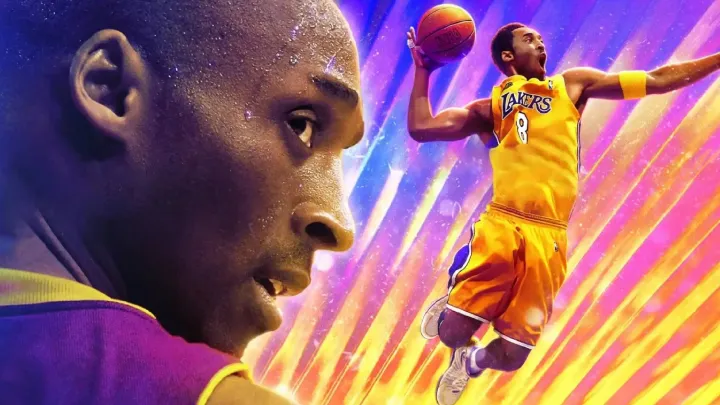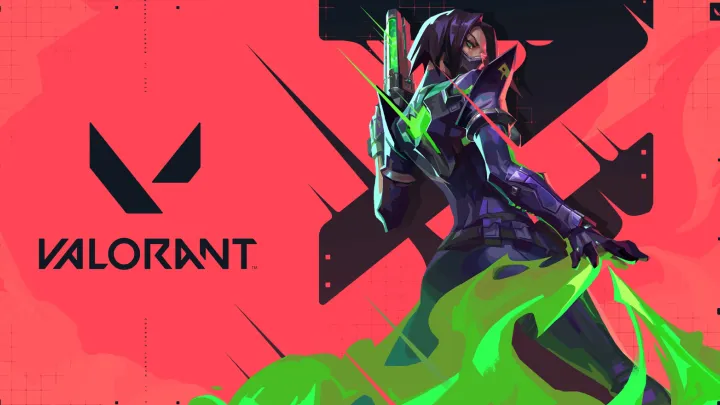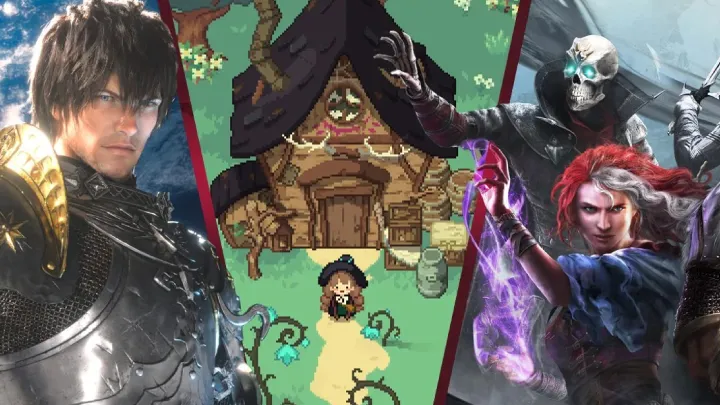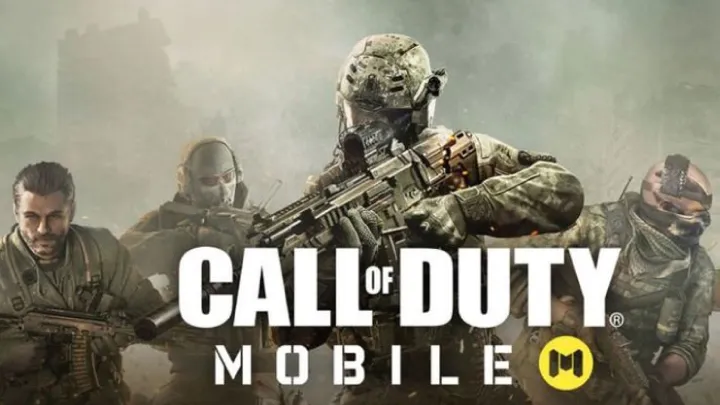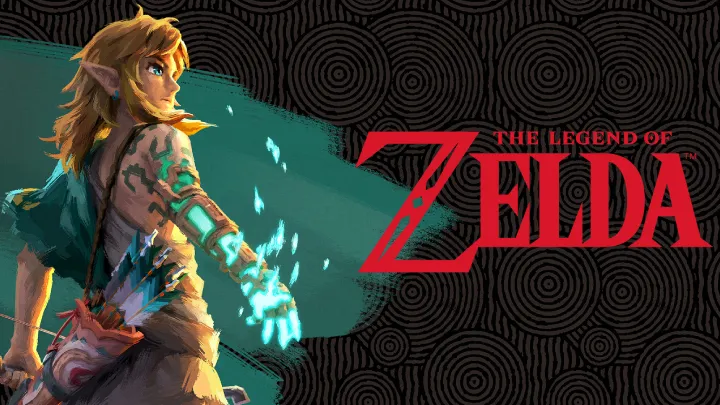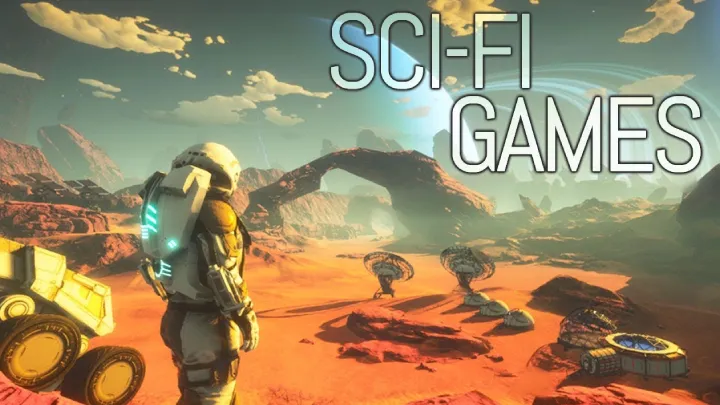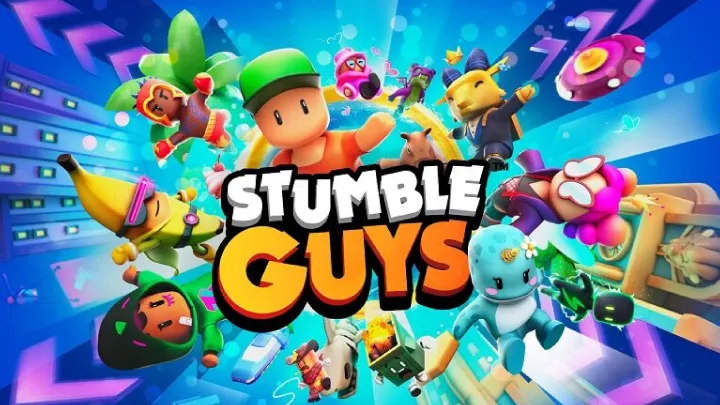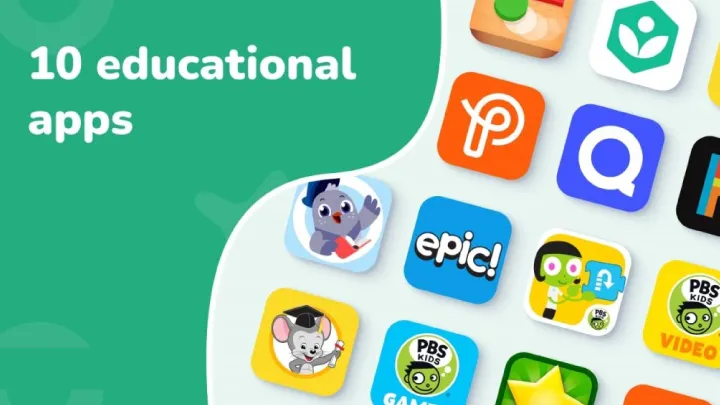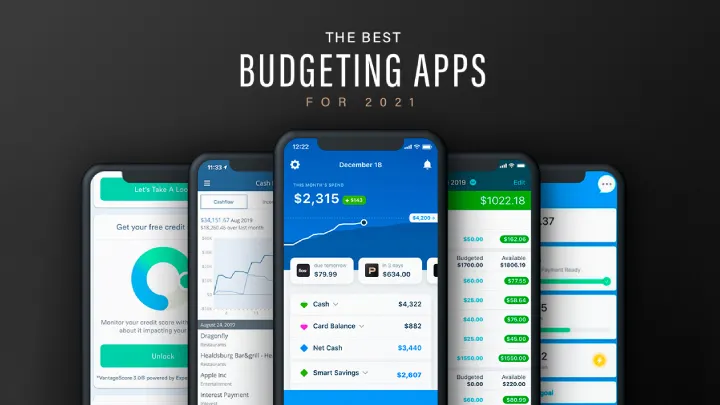Introduction
Stumble Guys has quickly become one of the most popular multiplayer party games in the world, capturing audiences with its chaotic obstacle courses, charming characters, and fast-paced elimination rounds. However, beneath the colorful visuals and lighthearted gameplay lies a more complex issue: the impact of monetization and microtransactions on the overall player experience. While many players initially download Stumble Guys for its fun, free-to-play accessibility, they soon encounter systems designed to encourage spending. These systems raise questions about fairness, accessibility, and whether the game’s design prioritizes profit over fun.
This article explores the monetization dilemma in Stumble Guys in depth. By examining the evolution of the game’s economy, the role of cosmetic purchases, the rise of competitive concerns, and how these changes affect both casual and competitive communities, we can better understand how microtransactions shape the experience of millions of players.
The Origins of Monetization in Stumble Guys
When Stumble Guys was first released, its monetization strategy was relatively simple. The game offered a selection of cosmetic skins, emotes, and customization options available for purchase, alongside a free progression system that allowed players to earn rewards through gameplay. At this stage, monetization felt like an optional layer—players could enjoy the game fully without feeling pressured to spend.
Over time, however, the success of Stumble Guys created an incentive for the developers to expand their monetization efforts. As new skins, limited-time events, and premium passes were introduced, the balance between free and paid content began to shift. The once “optional” purchases gradually became a central part of the game’s progression system.
Early Balance of Free vs Paid
In the beginning, the free path was generous enough that casual players didn’t feel excluded. Skins were fun but not essential, and the variety of maps ensured that gameplay itself was the true reward. Monetization felt fair and transparent.
Transition to a Heavier Model
With growing popularity, the developers recognized the potential of live-service monetization. Limited-time skins, season passes, and rotating shops added urgency and exclusivity. This shift marked the start of a more aggressive strategy—one where microtransactions were no longer just an option but became tightly woven into the player experience.
The Rise of the Stumble Pass
One of the most significant changes in Stumble Guys’ economy was the introduction of the Stumble Pass, a battle-pass-style system that rewards players for completing challenges and leveling up.
Dual Reward Tracks
The Stumble Pass offers both a free track and a premium track. The free track provides a small selection of skins and currency, while the premium track unlocks exclusive skins, emotes, and large amounts of in-game currency. This creates a clear division between paying and non-paying players.
The Psychology of Battle Passes
The system taps into the psychology of progression. By tying rewards to playtime and offering exclusive rewards for paying, the Stumble Pass creates a sense of urgency: if you don’t buy it, you’ll miss out forever. This fear of missing out (FOMO) drives engagement but also creates pressure to spend money regularly.
Cosmetic Purchases and Identity
Skins and cosmetics have become central to the identity of Stumble Guys. Players no longer just want to win; they want to stand out.
Skins as a Status Symbol
Rare skins signal dedication—or financial investment. Players with flashy or limited-time skins are often seen as more experienced or committed. This creates social pressure within the community, where players who can’t afford premium skins may feel left behind.
The Role of Customization
Customization allows players to express individuality, but it also fuels monetization. As more unique and elaborate skins are released, players feel compelled to collect them, even when they provide no gameplay advantage.
Pay-to-Win Concerns
While cosmetics are harmless on the surface, some purchases in Stumble Guys blur the line between cosmetic and competitive advantage.
Emotes with Gameplay Impact
Some premium emotes allow players to punch, grab, or interact with opponents in ways that can directly influence matches. For example, a punch emote can knock an opponent off a platform, turning a cosmetic into a competitive edge.
Competitive Fairness Debate
This has sparked debate in the community. Should a game marketed as a fun, casual party experience allow players to buy competitive advantages? Many argue that this undermines the fairness of the game and alienates free-to-play players who cannot access these tools.
The Economics of Currency Systems
Stumble Guys uses multiple in-game currencies, such as gems and tokens, which are earned slowly through play or purchased in bulk.
Currency Layering
By introducing multiple currencies, the game complicates the purchasing process. Players often need to buy gems to then exchange for tokens, which creates confusion and makes it harder to calculate the real-world cost of items.
Encouraging Over-Spending
Bundles are deliberately designed to offer “better value” at higher price points, subtly pushing players toward spending more than they initially intended. This psychological tactic is common in free-to-play games but raises ethical questions about manipulation.
Community Reactions to Monetization
The Stumble Guys community has been vocal about monetization practices, and reactions have been mixed.
Positive Reactions
Many players enjoy the steady stream of new content and appreciate that purchases support ongoing development. For them, buying skins or a Stumble Pass feels like a fair trade for the hours of entertainment the game provides.
Negative Reactions
Others criticize the game for leaning too heavily on monetization, especially when paid content affects gameplay. Some players have even quit the game, citing frustration with pay-to-win elements.
The Impact on Competitive Play
Stumble Guys has evolved beyond a casual party game into a competitive title with tournaments and esports potential. However, monetization raises unique challenges in this space.
Competitive Integrity
In tournaments, the use of premium emotes can tilt the playing field, leading to disputes over fairness. For a game aspiring to build an esports scene, this undermines competitive integrity.
Balancing Fun and Profit
Developers face the challenge of balancing revenue generation with ensuring fair play. Competitive players demand a level playing field, but the current monetization model threatens that balance.
Comparing Monetization Across Similar Games
Stumble Guys is often compared to Fall Guys, another party battle royale with similar gameplay.
Fall Guys Approach
Fall Guys initially had a buy-to-play model with cosmetic microtransactions but avoided pay-to-win mechanics. Its monetization is seen as less intrusive and more focused on cosmetic fun.
Stumble Guys Difference
Stumble Guys, by contrast, relies more heavily on microtransactions and battle passes. This difference has fueled ongoing debates about which model better respects players.
The Future of Monetization in Stumble Guys
Where does the game go from here? As Stumble Guys continues to grow, its monetization practices will remain a central issue.
Potential Reforms
Developers could address player concerns by limiting pay-to-win elements and focusing on purely cosmetic monetization. Transparency in pricing and more generous free rewards would also help restore trust.
Risks of Over-Monetization
If the developers continue to push aggressive monetization, they risk alienating their player base. In free-to-play markets, player trust is fragile—once lost, it is difficult to regain.
Ethical Considerations and Player Responsibility
Ultimately, the monetization dilemma in Stumble Guys is not just about developers but also about players.
Responsibility of Developers
Developers must consider the ethical implications of targeting young audiences with microtransactions. Predatory designs risk not only player trust but also regulatory scrutiny.
Responsibility of Players
Players, too, must navigate their spending habits responsibly. Setting boundaries and recognizing manipulative tactics can help maintain a healthy relationship with the game.
Conclusion
Stumble Guys is a game full of joy, chaos, and creativity, but its monetization model introduces tension between fun and fairness. Microtransactions, once a harmless addition, now shape everything from identity to competitive play. While many players are content to invest in cosmetics and passes, others see the creeping influence of pay-to-win mechanics as a threat to the integrity of the game.
The future of Stumble Guys depends on how developers balance profit with player trust. If they can find a way to prioritize fairness while sustaining revenue, the game could continue to thrive. But if monetization continues to overshadow gameplay, Stumble Guys risks stumbling over its own success.







